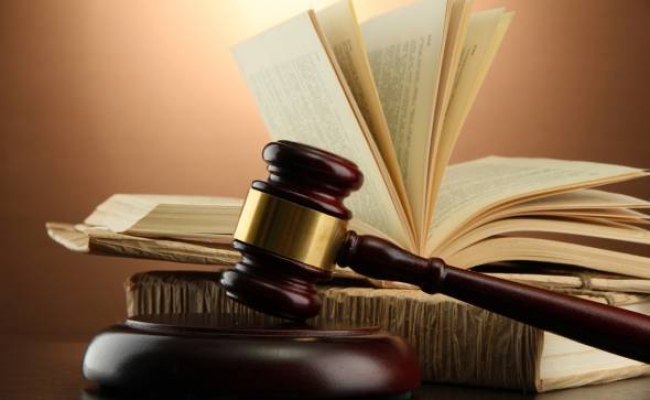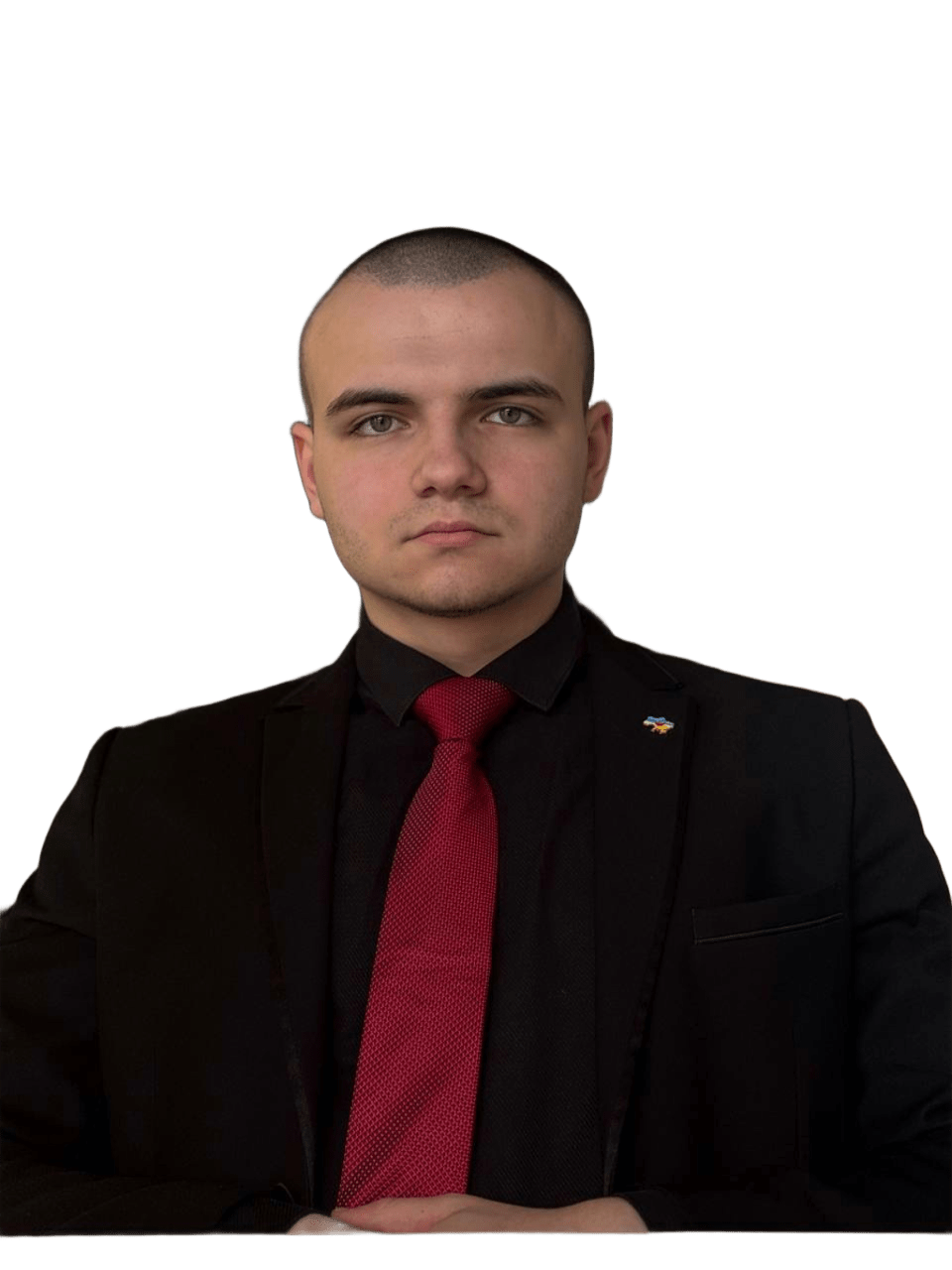I am studying in the third year of the State University of Economics and Technology.I specialize in contractual, economic and corporate law, in particular, I provide consultations and write articles.
Every enterprise in conditions of high competition needs innovative solutions that would enable more efficient organization of the production process, optimization of resources, or improvement of indicators in certain areas. The right of intellectual property provides such an object as a rationalization proposal, which is a certain technological or organizational solution, which is recognized by a legal entity and is aimed at improving certain production processes or other areas of activity. Along with this, there is a certain number of laws and subordinate regulatory legal acts that regulate this object of intellectual property rights, determine the scope of rights granted to its author, as well as the procedure for recognizing the proposal as innovative, and therefore it is worth highlighting all of them in more detail these features.
Analysis of the legal basis of the rationalization proposal:
According to Art. 482 of the Central Criminal Code, the object of a rationalization proposal can be considered a material object or a certain process. Creative activity related to the invention and subsequent formulation of an industrially useful solution may relate to: devices, structures, mechanisms, equipment, or equipment. As for procedural solutions, we can talk, for example, about improving production technologies, reducing resource costs, or saving energy. Of course, this list is not exhaustive, and therefore rationalization proposals can be directed to any of the objects, the improvement of which can lead to an increase in production efficiency. Regarding the subject composition, Art. 483 of the CCU establishes the possibility to act as subjects, firstly, the author of the proposal, that is, the person who created it and submitted it for recognition, as well as a legal entity, regardless of the forms of ownership and organizational and legal forms, as a subject , which is authorized to recognize the proposal as innovative. It is worth noting that the possibility of creating an offer as a result of creative activity is granted only to a natural person, and by no means to a legal entity. It is also important that the proposal, in order to be recognized as innovative, must meet the requirements of novelty and usefulness. A new proposal is one that was not sufficiently known before the time of its submission, was not used at this enterprise, was not declared by other persons, and was not provided for by local regulations at the enterprise. If the proposal provides an opportunity to increase economic efficiency or other positive effect, then it can be considered as meeting the requirements of utility. As for the legal protection of the rationalization proposal, it will apply to the description, drawings, if they are submitted (Article 482 of the CCU). It is worth noting that in the application for a rationalization proposal, the author is really given the opportunity to describe the proposal, and to add to it drawings, diagrams and everything necessary to reveal the essence of the proposal. Civil legislation establishes the scope of rights granted to the subjects of the innovative proposal, namely: the author has the right to bona fide encouragement from the legal entity, and the legal entity itself can use the proposal provided by the author to any extent. Based on this, if the innovative proposal is used at the enterprise, then its author will receive a reward, the amount of which, the order of payment, and other features are specified in the relevant agreement.
The procedure for recognizing a proposal as innovative:
1. The first step is the proper design of the proposal, that is, the author needs to prepare a description of the proposal, if necessary, make sketches, graphs, drawings, diagrams. All this is necessary for better substantiation of the usefulness of the offer and proof of its effectiveness.
2. Next, you should make a corresponding statement, which will contain a prepared description of the proposal, conclusions, and materials attached to it. The completed application is signed by the author and sent to the legal entity.
3. The legal entity, upon receiving the application, duly registers it. analyzes the content for compliance with all the above-mentioned features. The application review procedure should not exceed one month. Based on the results of the review, a decision is made to issue a certificate to the author's proposal. It is from the moment the proposal is recognized as innovative that the subjects will have the right to intellectual property over it.
4. The adopted decision is supported by a certificate issued by a legal entity to the author of the proposal, which states: information about the legal entity, name of the proposal, date of its submission and recognition as innovative, registration number.
Consultation of a lawyer in the protection of intellectual property rights:
Often there are cases of gross violations of intellectual property rights, which require a correct legal evaluation. Legal analysis of the situation, choosing a way to protect the violated right, representation of the client's interests - all this can be implemented by a lawyer. Therefore, the involvement of a professional lawyer will help save money and time, as well as reliably protect intellectual property rights.

































